
This post may contain affiliate links, which means that I may receive a commission if you make a purchase using these links, with NO additional cost to you.
Mature beef cows, as low maintenance as they are, still have a few common problems foot abscess, mastitis, and bloat. The good news is that these are easily identified and can be quick to treat.
First up, foot abscess. At first this is not apparent to identify. As you are checking cows, you will notice one is lame. Upon further investigation you will notice it is in the hoof area. If you can safely assess the foot, usually in a chute, you will notice the hoof is hot.
A common time for foot abscess to usually appear is a few days to a week after cows are worked or moved through an area with hard surfaces (like concrete or rock). This is because a cow my move to fast and slip on the concrete, creating a surface burn on their hoof. Later bacteria enter the hoof and an abscess form.
Treating a foot abscess usually requires antibiotics, unless you can have the cow calmly stand in a foot soak every day for 20-30 minutes for a week or so. Check with your local veterinarian for the best treatment option to use in your area.
The second common problem in beef cows is mastitis. Mastitis happens when bacteria enter the udder, usually from a teat that is open when a cow lays down in a dirty area.
To identify mastitis, you will notice the infected quarter not being milked as well by the calf. When you feel that quarter it will feel hot compared to the other quarters. The cow will be running a fever as well. It is important to treat mastitis quickly, as it can spread to the rest of the cow, causing her to go septic and then die.
Working with your local veterinarian will give you the best results. Many historical treatments are no longer available over the counter due to new drug laws.
Bloats are not as common in mature cows as they are in feedlot animals, but it can still happen. Usually this happens when a cow consumes forage that is higher in legumes than they are used to. Example a cow is grazing on native range but sees that delicious alfalfa field and breaks through the fence to graze a little treat. She gets too much gas built up in her rumen and cannot belch it out fast enough. Legumes typically cause what is cause frothy bloat, where a froth layer develops over the esophagus and the cow is unable to belch.
Bloating is quickly identified, just driving by slowly. The left side of the cow will be raised higher and look like a giant balloon compared to the other side. To treat a bloat, you will need to quietly and calmly move her to a containment area, where you can safely restrain her, so she cannot move, i.e. a chute or two strong panels.
You must move calmly and keep the cow calm. A bloated cow is not able to breathe as effectively. If the cow is laying down, try and get her up. If she cannot get up, you’ll have to try and pass the tube with her laying down. Be ready to move out of her way.
You will need a hose 5 feet long and a metal tube 12 inches long to go around the hose and keep her from biting the hose. You can buy a hose specifically for bloating which is very handy. A garden hose will work in a pinch. Insert the hose into the right side of the cow’s mouth towards the left side. Gently pass the hose down the esophagus, if you go slow enough you can feel the cow swallow it.
Listen carefully to the hose, if you are unsure if you are in the esophagus or windpipe. You will hear the breath through the hose if you are in the wrong tube. Once the hose reaches the rumen, you will hear and feel a rush of air. It will stink but do NOT light any flame. You are releasing methane and it will catch on fire. In the case of frothy bloat, once all the methane is released (no more air will be coming out of the tube), you will want to pour a bloat treatment down the tube to keep her from rebloating right away.
Having cows is a joy, but make sure you are equipped to take care of the common problems beef cows can have.
As I've grown in my journey as an entrepreneur, mom, gardener, and livestock owner, I struggled to find a planner that met my needs and kept me organized. So, I MADE MY OWN. You can look at it on the link below and buy it on amazon below.
Don't want the whole calendar part? I got you! I pulled the gardening and animal care pages out and put them in a book all their own.
Wanting a community to lean into? Join the FREE Helping Your Family Homestead for Food group! This community is for the Mommas, looking to stay home and raise their kids, but unsure how to keep everyone fed and make ends meet. I share tips from my journey from the office to half the income and feeding my family from home, while maintaining good nourishing food. Tips include gardening, bulk buying, caning/preserving, livestock, homesteading, and home remedies. Your family is precious, and this group is to help you gain the knowledge and tools to keep your family well and not reliant on outside professionals. Remedies and tips are easy and simple for the busy momma, time is precious after all, including pregnancy, birth, young kids, and illness. Trust your Momma gut again! This community offers the resources + community you need to help get started on your journey and prepare for whatever future you envision.
Starting to garden doesn't have to be hard! I gathered all the tips I've learned over my gardening learning curve and made them into a simple course to jump start your gardening your life.
Supporting Your Family Naturally from the Inside Out community!! This community is for Mommas, looking to Support Your Family from Nature for Wellness. Tips range from nutrition, herbals, detoxing, natural cleaning, and essential oils. Basically, all the things I’ve learned slowly over the past 5+ years of my journey. We have moved off Facebook, to better serve our community and be able to discuss openly options for providing for your family in the best way possible.
Join the FREE Community
Join the FREE Community
I've had 3 very different pregnancies. After the first traumatic birth, I learned better and how to care for my body naturally and prevent common pregnancy and birth problems before they arise. This quick course will get you the tools you need to have a naturally healthy pregnancy, labor, and delivery. My first pregnancy I had a normal western medicine all the things pregnancy. My second? I flipped to completely natural, no medicine. Bonus: Preventing Preeclampsia Without the Aspirin & Healing from Birth Trauma
Click here to get the stories straight to your email:
For more on wellness tips click here:
For more on homesteading on your budget click here:
For more simple DIY updates click here:

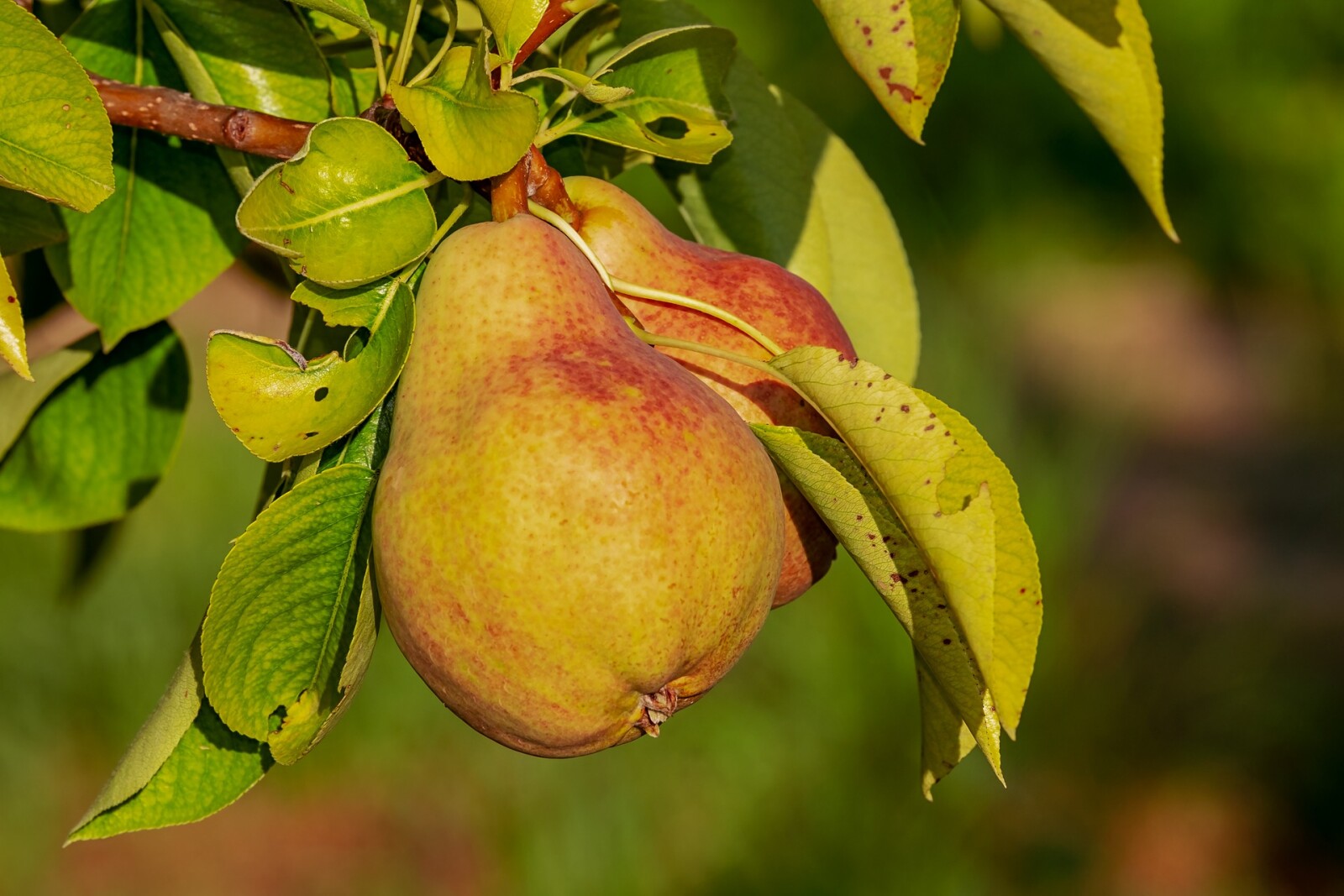
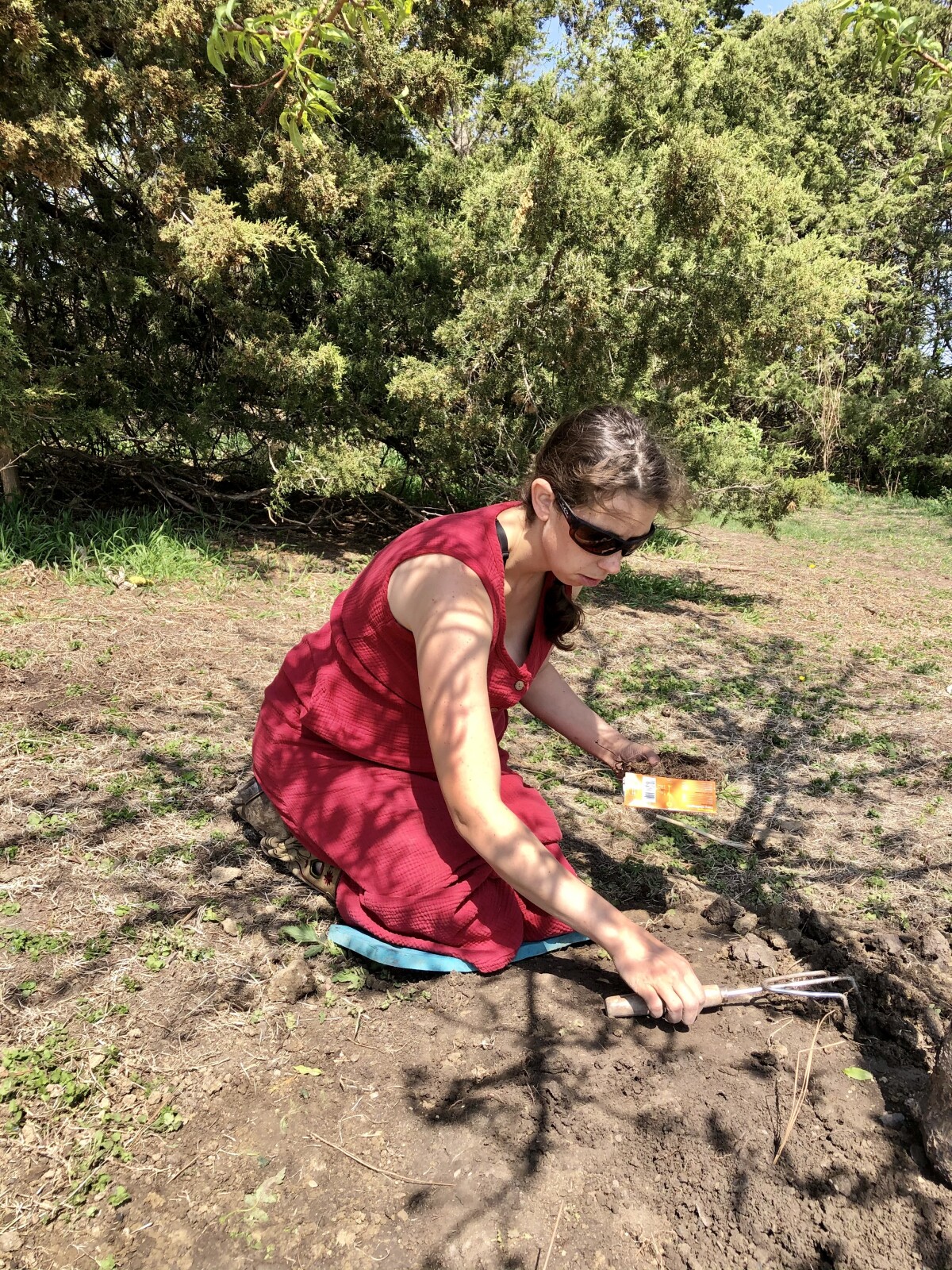
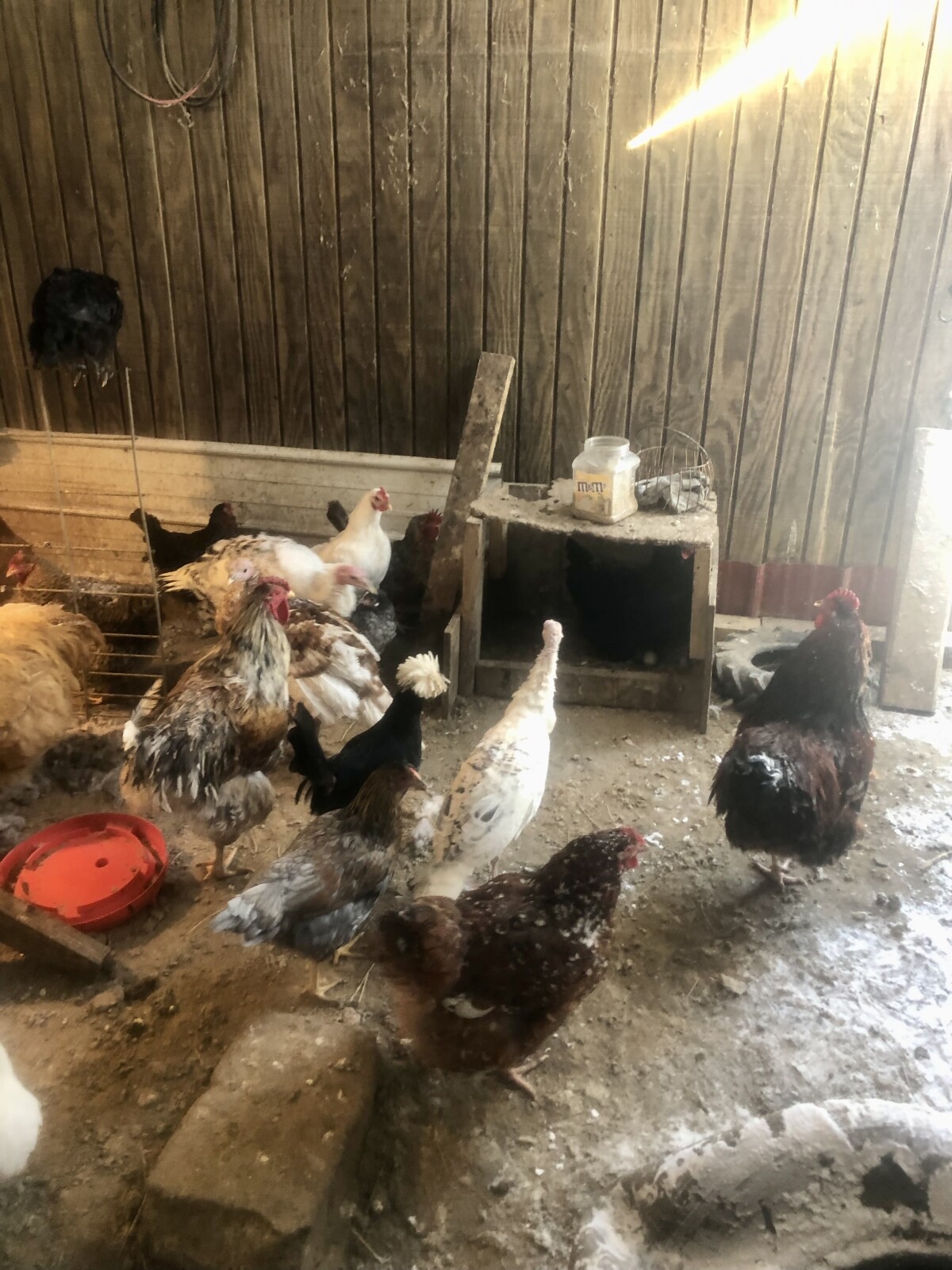
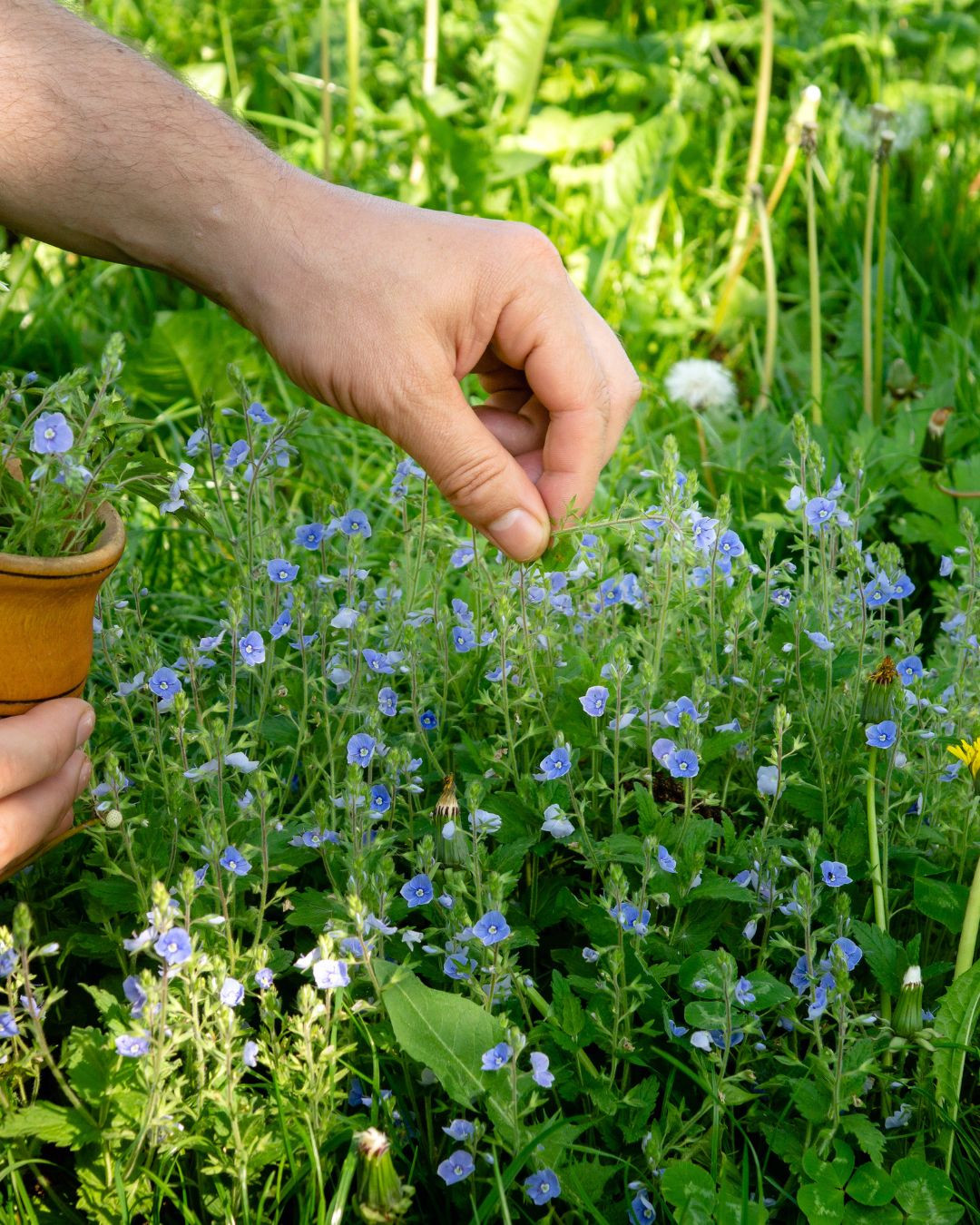

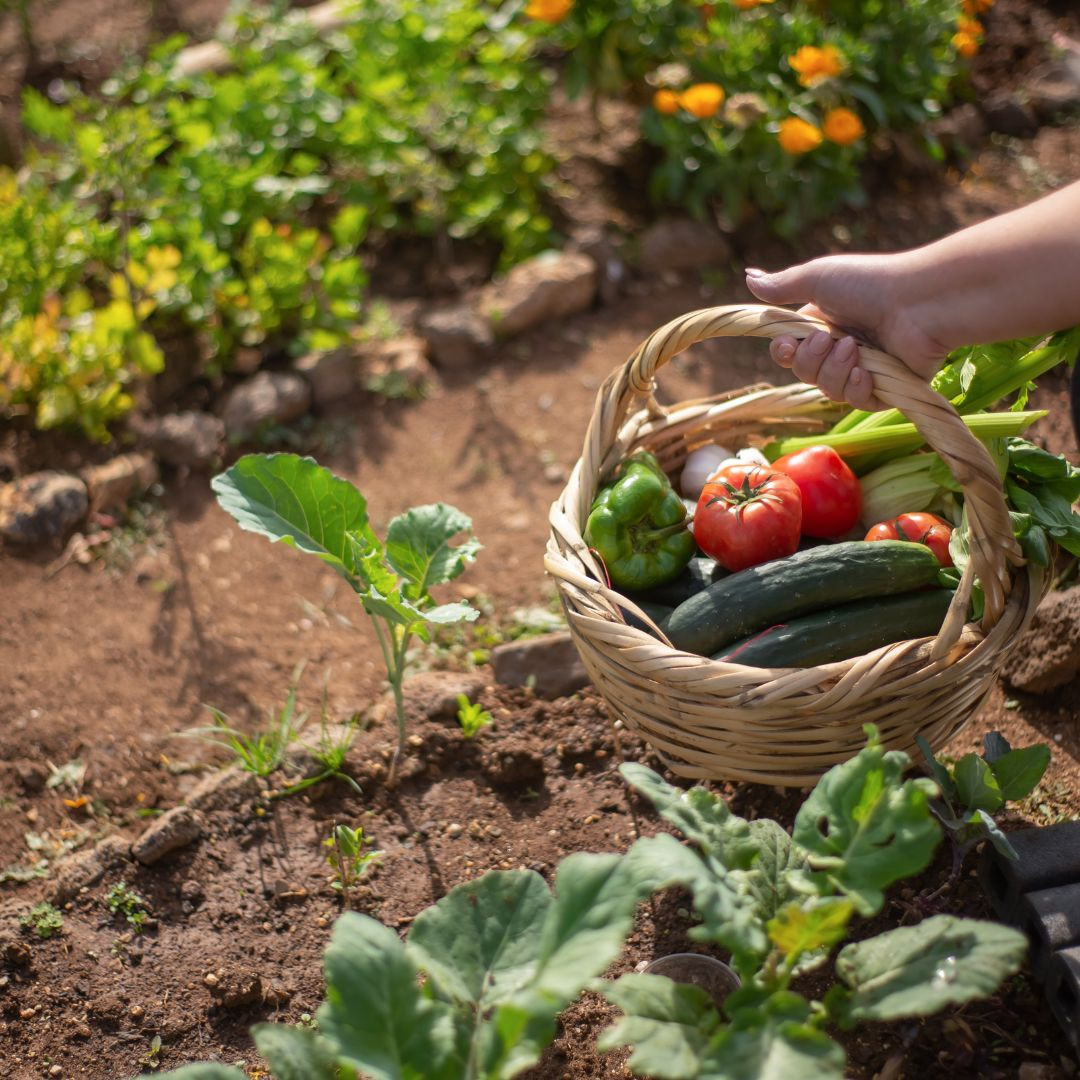








0 Comments